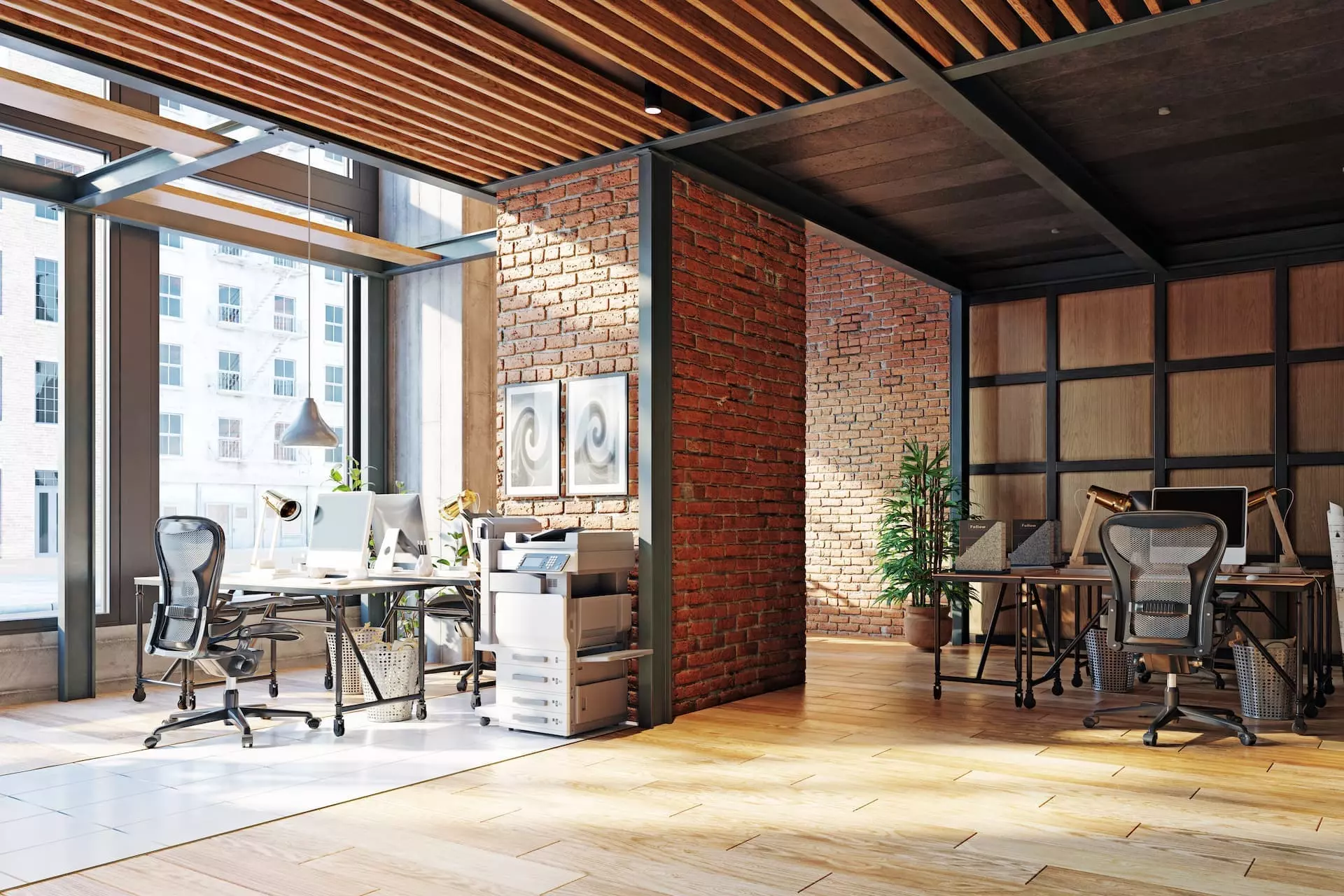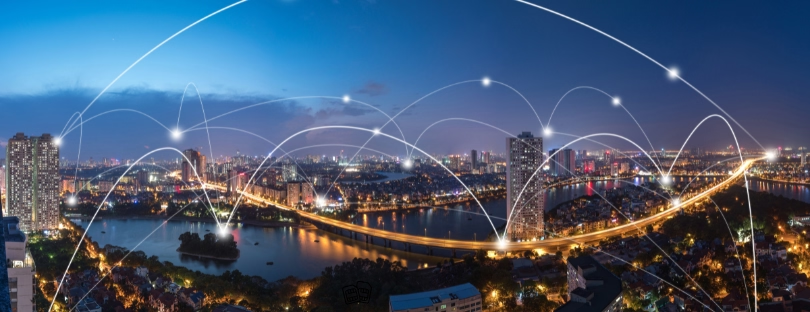
It’s Time To Redesign Today’s Workspaces
The mass adoption of remote working brought on by the unfortunate COVID-19 pandemic has certainly demonstrated the fact that employees can operate with the same, if not greater, productivity. This new way of working has become the prompt that many organisations needed to radically rethink how they operate in their workspaces.
Poly’s latest report looks at the shift towards hybrid work that the pandemic has initiated. In the report, Applied Futurist, Tom Cheesewright explains how successful businesses will be ‘networks’ of people and technologies, with physical location becoming less and less important. Meaning, whether we work from home, from a coffee shop, or even in another country, what matters is our ability to add value and the ability to communicate.
As we move into the ‘next normal’ of professional life, an important consideration will be how to create the best working environments to empower the new hybrid working movement. Designing workspaces to collaborate, think, create, and be productive will be key – all while giving employees choice and flexibility.
PERSONAL WORKSPACES
With the majority of workers likely to continue working from home on a regular basis, we’ll see a larger amount of under-utilised office spaces. And, as the appetite to commute to a central office diminishes, we’ll see investment in work environments expand beyond company headquarters to create flexible, collaborative, tech-enabled workspaces such as co-working locations and smaller satellite offices.
PROFESSIONALISING THE HOME OFFICE
As home working becomes the norm in the new world of hybrid working, it’s time to rethink our makeshift home office setups and create professional home working spaces.
These spaces need to be given as much thought as any other important room in your house in terms of layout, furniture, styling, and the right technology to work effectively and efficiently.
The psychological aspects are also important. Therefore, ensuring spaces allow discernment between work and home (even if they are in the same location) is crucial. With this in mind, we’re likely to see a trend amongst homeowners to create new, separate workspaces – for example, in a garden outbuilding or a space above the garage.
REIMAGINING THE CENTRAL OFFICE ENVIRONMENT
Despite the increase in home working and appeal of co-working spaces, the traditional office still has a role in the hybrid working world. These offices are important to give employees a sense of purpose and company identity. However, they’ll need to be completely reimagined to become hubs for idea generation, consensus building, and decision making.
Going forward, we’ll see a shift from open office spaces to purpose-built work zones. These spaces will be designed to create the best possible environments for employees to work effectively and productively depending on the tasks that they are carrying out – whether that’s to concentrate, collaborate, contemplate, or communicate.
Now more than ever, organisations are in a position to radically rethink their approach to work as they move into the ‘next normal‘. Regardless of which work environment an organisation feels is most important invest resources, key considerations should focus on creating spaces that motivate and empower the new wave of hybrid workers.









